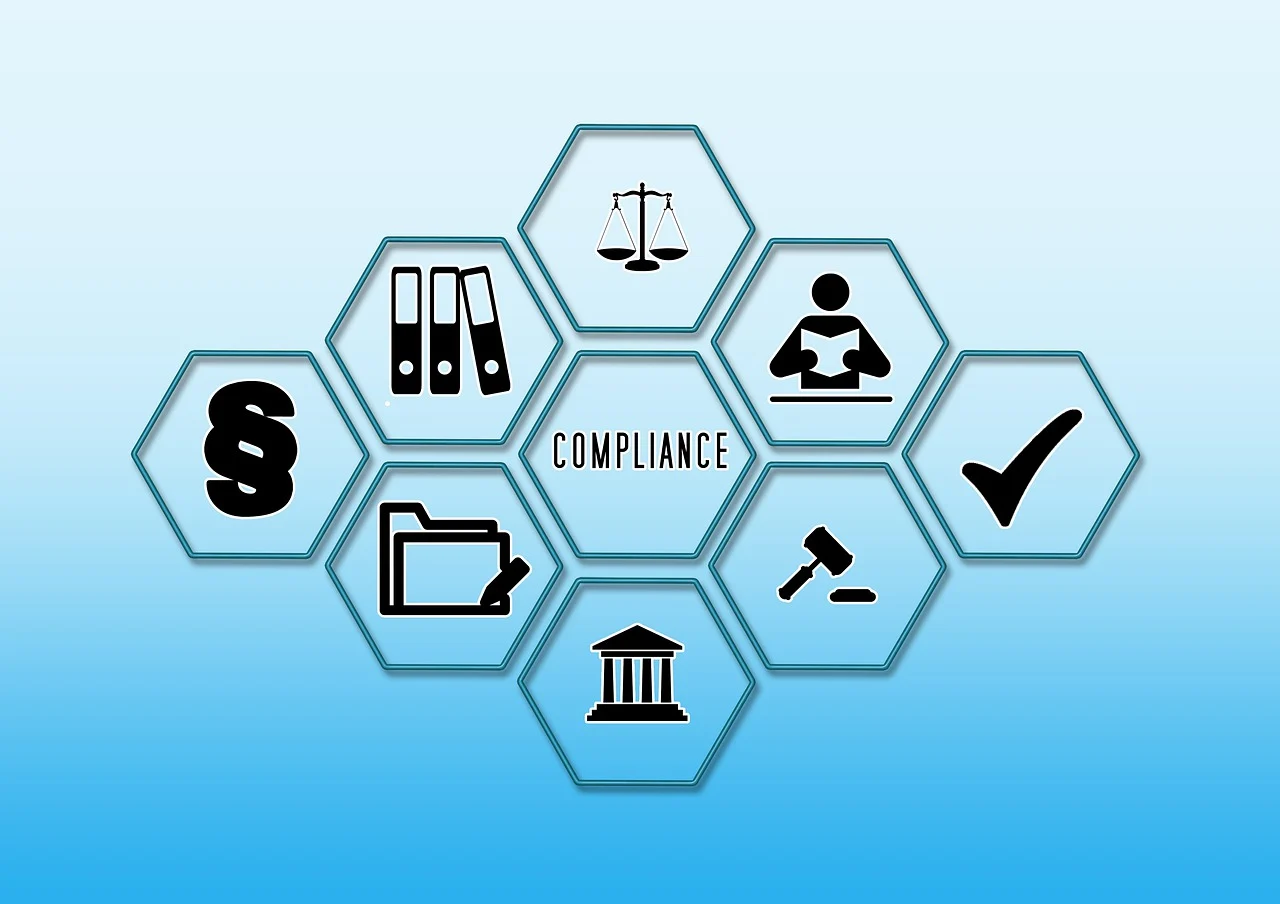
This aspect of risk management aims to protect companies from legal penalties, financial losses, and reputational damage associated with non-compliance. Regulatory requirements may vary across industries, and they encompass a wide range of areas, such as data privacy, financial reporting, environmental standards, and workplace safety.
Businesses face increasingly complex compliance landscapes, driven by the introduction of new regulations and heightened regulatory scrutiny. Failing to comply with these regulations can result in fines, legal repercussions, or restrictions on operations, which could disrupt business continuity. Therefore, organizations must incorporate compliance as a core part of their risk management strategy, implementing policies and controls to ensure they meet relevant requirements.
A strong compliance framework includes identifying applicable regulations, assessing the organization’s current practices, and implementing controls to mitigate risk. Regular audits, employee training, and continuous monitoring are essential components to maintain compliance, as they help detect issues early and enable swift corrective action. Many businesses leverage compliance software and third-party consultants to keep up with regulatory changes and streamline compliance processes.
Integrating regulatory compliance with risk management enables companies to protect assets, uphold their reputation, and maintain trust with stakeholders. A proactive compliance approach supports long-term growth and reduces the likelihood of disruptions, helping businesses navigate an increasingly regulated environment while minimizing exposure to legal and financial risks.
www.baretzky.net




















